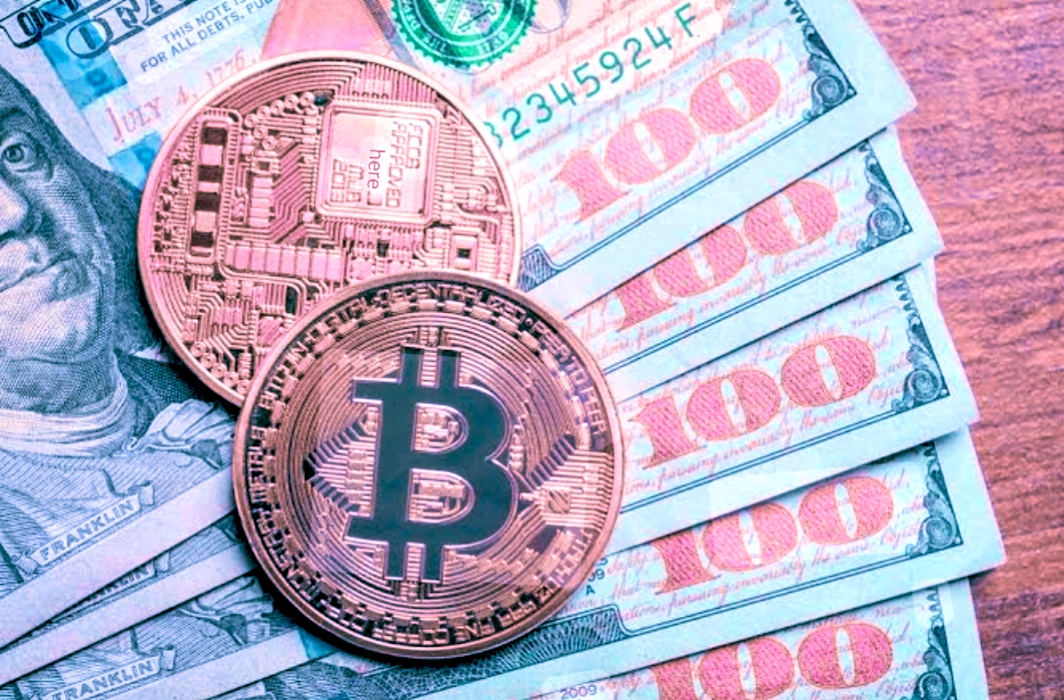The financial world is evolving rapidly, with digital currencies like Bitcoin and CBDCs (Central Bank Digital Currencies) challenging traditional real currencies (fiat money). While both serve as mediums of exchange, they operate in fundamentally different ways.

We’ll compare:
✅ What are digital and real currencies?
✅ Key differences in control, security, and usability
✅ Pros and cons of each system
✅ The future of money: Will digital currencies replace cash?
Let’s dive in!
What Are Digital Currencies?
Digital currencies exist purely in electronic form and include:
- Cryptocurrencies (Bitcoin, Ethereum) – Decentralized, blockchain-based.
- CBDCs (Digital Dollar, Digital Euro) – Government-issued digital cash.
- Stablecoins (USDT, USDC) – Pegged to real-world assets.
Key Features:
✔ No physical form (only digital transactions).
✔ Can be decentralized (crypto) or centralized (CBDCs).
✔ Faster cross-border payments.
What Are Real (Fiat) Currencies?
Real currencies (fiat money) are government-issued physical and digital cash, such as:
- USD, EUR, JPY – Controlled by central banks.
- Physical cash (coins & bills) – Tangible, widely accepted.
Key Features:
✔ Legal tender (must be accepted for debts).
✔ Centralized control (governments regulate supply).
✔ Subject to inflation and monetary policies.
Key Differences: Digital vs. Real Currencies
| Factor | Digital Currencies | Real Currencies |
|---|---|---|
| Control | Decentralized (crypto) or Centralized (CBDCs) | Fully centralized (banks & governments) |
| Security | Blockchain encryption (highly secure) | Vulnerable to counterfeiting & theft |
| Transaction Speed | Near-instant (crypto) or slow (banks) | Slower (bank transfers take days) |
| Privacy | Pseudonymous (crypto) or tracked (CBDCs) | Less private (banks monitor transactions) |
| Inflation Risk | Fixed supply (Bitcoin) vs. unlimited printing (fiat) | Governments can print more, causing inflation |
Pros and Cons of Digital Currencies
✅ Advantages
✔ Borderless transactions – Send money globally without banks.
✔ Lower fees – No intermediaries like PayPal or SWIFT.
✔ Transparency – Public blockchain records reduce fraud.
❌ Disadvantages
✖ Volatility – Crypto prices fluctuate wildly.
✖ Regulatory uncertainty – Governments may restrict usage.
✖ Irreversible transactions – If sent to the wrong address, funds are lost.

Pros and Cons of Real Currencies
✅ Advantages
✔ Stability – Less volatile than crypto.
✔ Wide acceptance – Every business accepts fiat.
✔ Government-backed – Protected by laws & insurance (e.g., FDIC).
❌ Disadvantages
✖ Inflation risk – Money loses value over time.
✖ Slow international transfers – Banks take days and charge high fees.
✖ Centralized control – Governments can freeze accounts.
Will Digital Currencies Replace Real Money?
1. Cryptocurrencies as an Alternative
- Bitcoin is seen as “digital gold” (a store of value).
- Ethereum powers smart contracts and DeFi.
2. CBDCs: The Future of Government Money?
- Countries like China (Digital Yuan) and the EU (Digital Euro) are testing CBDCs.
- Could replace physical cash but raise privacy concerns.
3. Hybrid Systems May Emerge
- People may use crypto for investments and fiat for daily spending.
- Stablecoins (like USDC) bridge the gap between crypto and traditional finance.
Conclusion: Which Is Better?
The choice depends on your needs:
- For stability & daily use → Real currencies (USD, EUR).
- For fast, global, decentralized transactions → Digital currencies (Bitcoin, USDC).
The future? A mix of both—governments will adopt digital money, while crypto remains for those seeking financial freedom.
💡 What do you prefer—digital or real currencies? Let us know in the comments!
